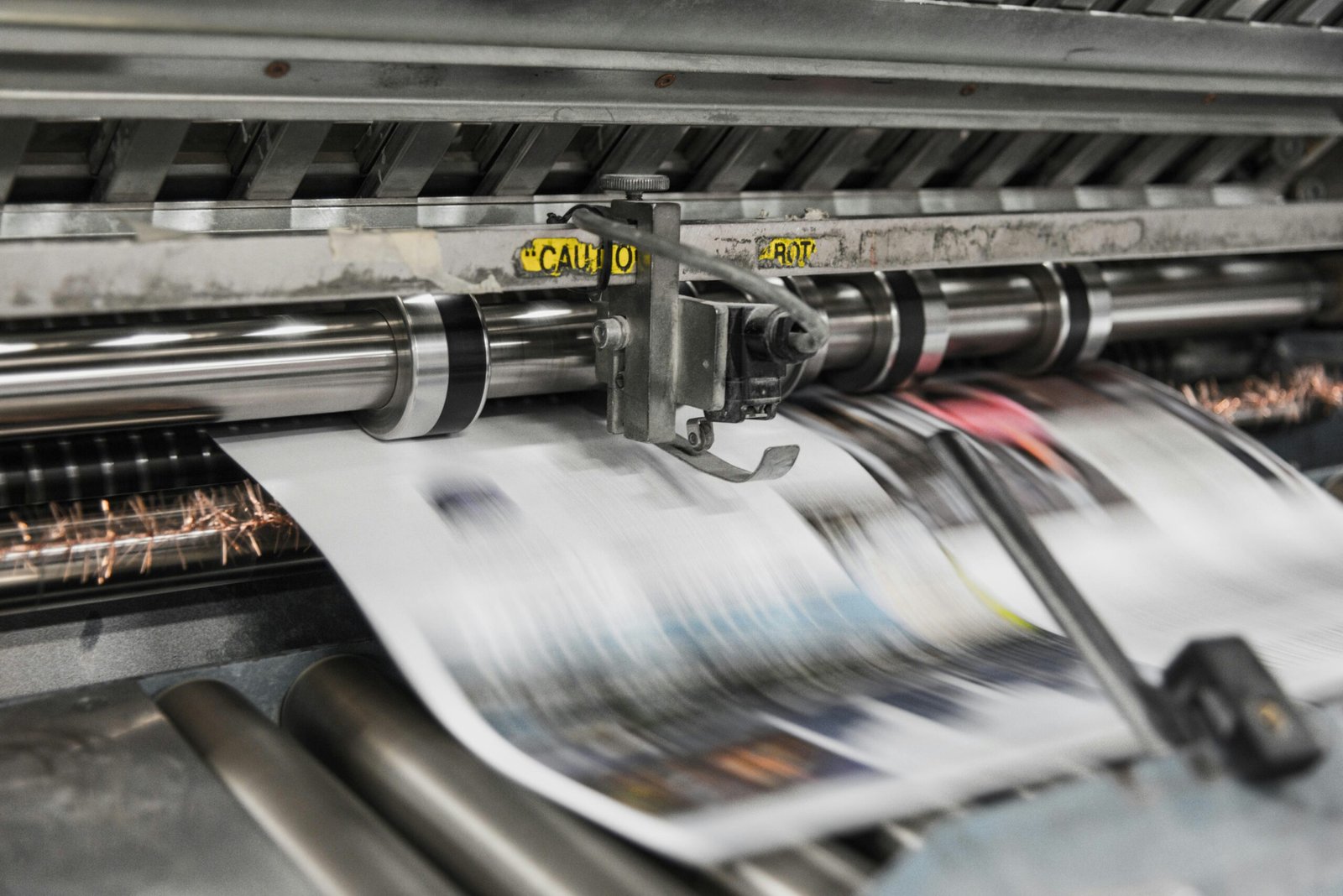Collation in printing refers to the organized arrangement of printed materials into a specific sequence that is coherent and user-friendly. This concept is particularly crucial when dealing with multiple pages, as it ensures that all parts of a document are presented in the correct order. The process of collating involves gathering together all the necessary pages and arranging them in a format that enables easy reading, binding, or distribution. In essence, collation is essential for maintaining the integrity and functionality of printed documents.
Common scenarios where collation plays a significant role include office printing, where multi-page reports, presentations, or proposals are generated. In these environments, the ability to print collated sets means that each set will appear complete and in the correct sequence, thereby enhancing efficiency during the distribution process. Utilizing collation becomes especially relevant in the creation of booklets or manuals, where each individual booklet must be compiled with precision to ensure that the final product meets the needs of its users.
In educational contexts, collation is vital when producing course materials or handouts, guaranteeing that students receive information in a logical order. Furthermore, for businesses that require client-facing materials, ensuring proper collation can contribute to professionalism and clarity. Understanding collation not only aids in organizing printed materials but also enhances overall productivity, minimizes errors, and saves time during the printing process. For anyone involved in document preparation—from administrative professionals to graphic designers—grasping the concept of collation is essential for effectively managing and producing high-quality printed outputs.
How Collation Works: The Process Explained
Collation is a fundamental process in printing that involves arranging sets of printed pages in a specific order. This can significantly enhance efficiency, especially when producing multiple copies of a document. Understanding how collation works, particularly in modern multifunction printers and copiers, is essential for users seeking to optimize their printing tasks.
There are primarily two types of collation: manual and automatic. Manual collation requires the user to physically sort the printed pages into the desired order after they are printed. This approach can be time-consuming and prone to errors, particularly when dealing with large volumes of documents. In contrast, automatic collation is a feature integrated into advanced printing devices. This functionality allows the printer to organize pages into sets without any additional input from the user.
The mechanism behind automatic collation involves a coordinated effort between the printer’s hardware and software. When a print job is initiated, the printer’s software interprets the command, determining how many copies of the document are required and how they should be arranged. During the printing process, the printer feeds each page in the correct sequence, automatically gathering them into groups for each set. This uses various printer components, such as feeders and output trays, which work together to streamline the workflow.
Additionally, many printers offer adjustable settings that allow users to choose between single-sided and double-sided printing, impacting the overall collation process. By leveraging these features, users can customize their printing jobs to suit specific requirements, ensuring that the final output is both organized and professional. In summary, the intricacies of automatic collation in modern printers not only save time but also reduce the potential for errors, making it an invaluable feature for both home and office environments.
Benefits of Collating in Printing
Collating plays a crucial role in the printing process, particularly when dealing with large quantities of documents. One of the primary advantages of collating is the significant time-saving it offers, which is especially valuable for bulk printing tasks. Instead of having to manually sort and organize printed pages, collating ensures that the pages are arranged in the proper sequence, allowing for immediate assembly. This not only streamlines the workflow but also reduces the physical effort required by operators who would otherwise need to spend additional time sorting through stacks of printed pages.
Another notable benefit of collating is the reduction in errors during document assembly. When pages are printed without collation, the likelihood of mixing up or misplacing pages increases, often leading to confusion and reprints. Collated documents, conversely, provide clarity and help maintain a logical flow of information, which is particularly useful in environments such as educational institutions, corporate settings, and professional presentations. For instance, when producing educational materials, collated handouts can facilitate a better learning experience by ensuring that students receive materials in the correct order.
Moreover, the clear organization provided by collated documents enhances professionalism and ensures clarity for end-users. In corporate reports, presentations, or even legal documents, presenting information in a systematic manner not only aids comprehension but also reflects well on the organization producing these materials. A well-collated document implies attention to detail and a commitment to quality, enhancing the overall perception of the material’s credibility. Thus, the incorporation of collating in the printing process is not merely a convenience; it is an essential practice that contributes to effective communication and professionalism.
Common Issues and Troubleshooting Collation
When it comes to collating documents for printing, users often encounter various challenges that can hinder the process. One prevalent issue is misalignment of pages. This problem typically arises due to improper paper feeding or inconsistencies in the printer’s settings. To mitigate this, it is advisable to check the paper alignment in the input tray and ensure that all sheets are loaded correctly. Additionally, adjusting the printer settings to match the specifications of the paper can significantly reduce the likelihood of misaligned pages.
Another common issue is the printing of incomplete sets, where not all pages are printed in the desired order. Such occurrences can often stem from software-related complications or connectivity problems during the printing process. To troubleshoot this, verify that the printing software is set to collate the documents correctly. Users can also try restarting the printer and the computer, as this often resolves temporary glitches that may disrupt the printing job.
Printer malfunctions can also lead to significant interruptions in the collation process. These could include paper jams, low ink levels, or malfunctioning hardware components. Regular maintenance can prevent many of these issues. This includes checking ink or toner levels before starting large print jobs and routinely cleaning the printer to ensure it operates smoothly. If paper jams occur, it is essential to follow the manufacturer’s guidance on safely removing jammed paper without causing damage to the printer.
To summarize, addressing common issues and implementing proper troubleshooting techniques can greatly enhance the printing experience. By regularly maintaining printers and understanding the software options available, users can ensure successful collation, leading to efficient printing workflows.


